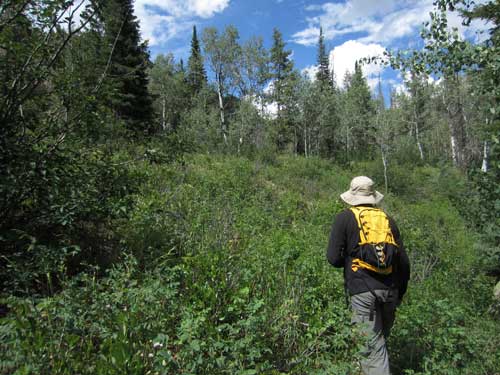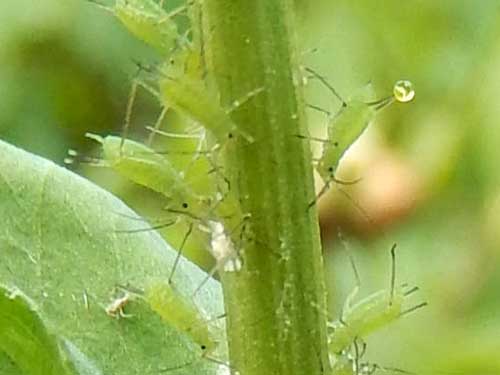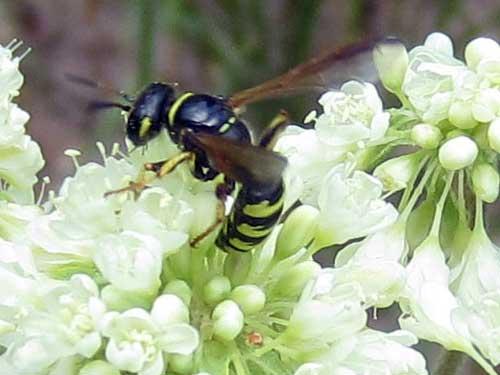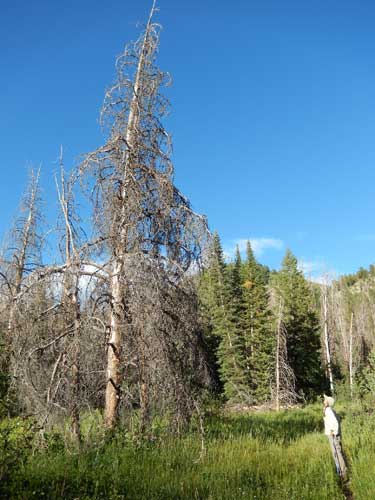We headed out for a short walk. We first tried along the river downhill from us behind the tent, but the vegetation was way too thick to get very far. We climbed back up and ended up in a thorny rosebush field.


These Fritillary butterflies loved all the moisture.

Uh dude, you're sucking on a rock. Maybe that's why it has a bit of the crazy eyes going on!

Making our way though the rose bushes

Ouch!

Yeah... that's kinda what I felt like afterwards, little flower!
Eventually we met up with the Elk Park trail and set out along that.

There are approximately 75 different kinds of stink bugs in Colorado.

Ants and aphids have an interesting relationship. The ants protect the aphids, and the aphids provide the ants with 'honeydew,' a sugar-rich sticky liquid that they secrete as they feed on plant sap. Some species of ants manage large groups of aphids. Chemicals on ants' feet tranquilize the aphids, keeping them close by.

An aphid secretes some honeydew.

This is a type of potter or mason wasp (Eumeninae). This solitary wasp builds its nest from mud.
We didn't get very far when we noticed a VERY black storm moving in quite quickly. So, just to be safe, we meandered slowly back to the tent. We were still a short ways out when we felt the first drops. We quickened our pace... and so did the rain. We ran... and made it to the tent just in time! Volumes of rain were accompanied by lightning and thunder.

The approaching storm
The storm only lasted about an hour so we decided to have some dinner.

Sharing the spot with some elk droppings

Making mac & cheese
We cleaned everything up and walked around 'our' meadow a while, mostly following the Swamp Park trail. The setting sun made the plants glow.

Long shadows start to appear.


Uh... I don't think you are as invisible as you think you are.

I have no idea what these plants are but we named them 'rattle sticks' because when you brush by them they sound just like a rattlesnake (a bit unnerving for a while until we realized what was going on).

They were filled with tiny, hard seeds...

... that could be launched quite a fair distance.

Fireweed is abundant in open areas, roadsides and disturbed land. Its name is derived from its ability to rapidly colonize recently burned areas after a forest fire.

This is a female Checkered White (or Southern Cabbage Butterfly. The male is almost pure white.
The evening was quite pleasant... the temperature had cooled a bit and there were zero bothersome insects. By the time we went to sleep, another storm had rolled in, covering the sky with grey.

